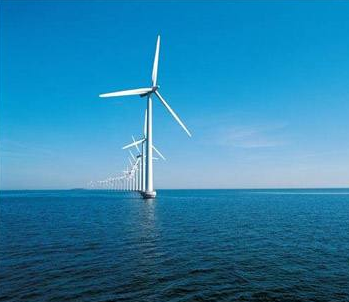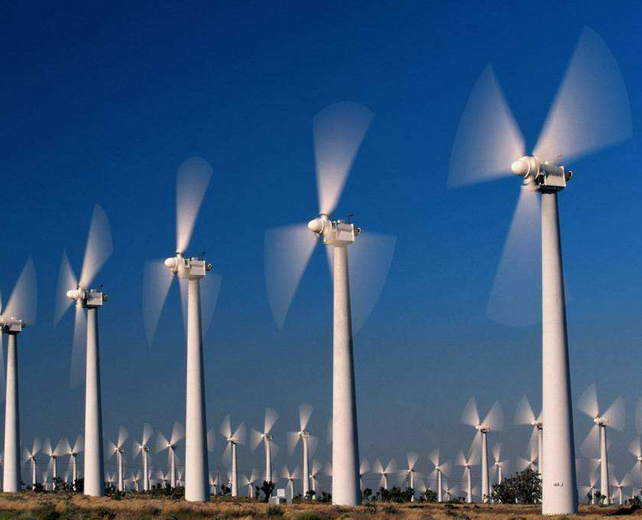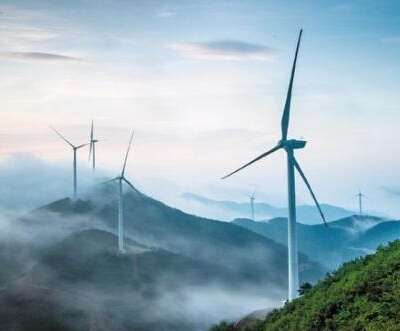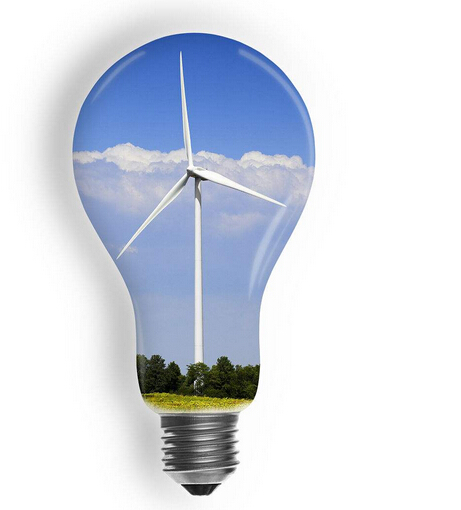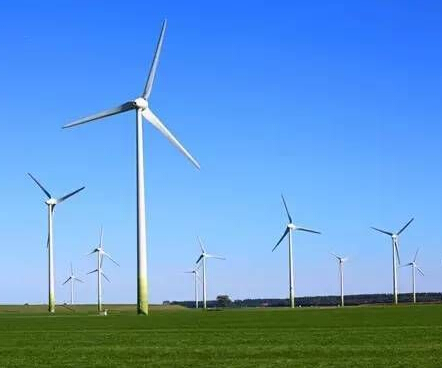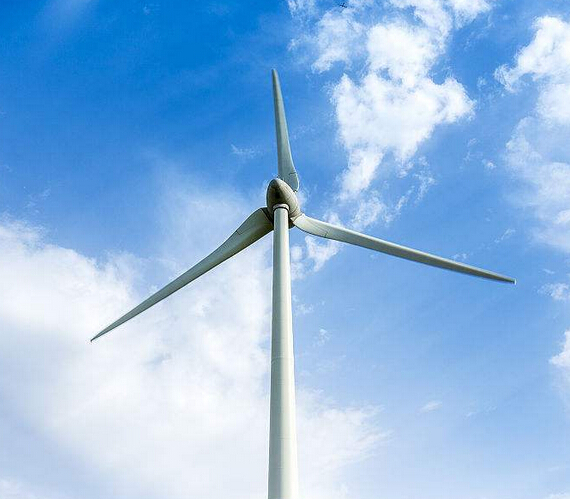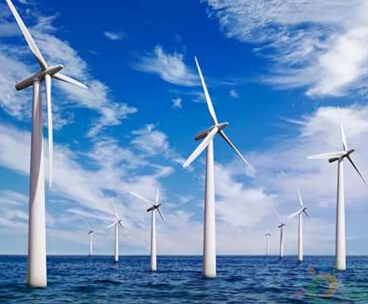Overall situation
"An industry cannot always rely on subsidies to survive. The industries that have been relying on subsidies will never do much, and they will not go far." The wind power industry is thus dependent on subsidies to survive and develop to this day, but with the increasing installed capacity and the maturity of the industry, The government is embarking on accelerating the maturity of the renewable energy industry, driving wind power to an independent track, and “subsidy” has become the most important means. One of the most important measures is “affordable Internet access”, which was derived from the “Notice on the Relevant Requirements for Wind Power Construction Management in 2018” issued by the National Energy Administration in May this year. The "Notice" requires that all parts of the country implement a competitive approach to deploy wind power projects. From 2019 onwards, the newly approved centralized onshore wind power and offshore wind power projects in all provinces (autonomous regions and municipalities directly under the Central Government) are all configured through competition and determine the on-grid tariff.
This means that China's wind power industry will face the "bidding" test next year, which naturally leads to another word: the wind rate. The data proves that the national abandonment rate in the first three quarters of 2018 was 7.7%, of which the abandonment rate of Jilin Province was 5.2%, which has fallen below the warning line; Gansu Province was 19.7%, slightly lower than the warning. The line was 0.3 percentage points; the abandonment rate in Xinjiang in the first three quarters was 24.6%, which was 4.6 percentage points higher than the warning line. According to the grid-connected data released by the Energy Bureau, the installed capacity of grid-connected wind power in China in the first three quarters of 2018 reached 12.61GW, a year-on-year increase of 23%, and the cumulative grid-connected capacity was about 176GW. In the first three quarters of 2018, wind power generation was 267.6 billion kWh, a year-on-year increase of 25%; utilization hours increased by 178 hours to 1565 hours.
The shrinking of the terminal electricity price will cause wind power operators to directly lose some of their profits, and this pressure will also be transmitted to the equipment manufacturers along the industrial chain. Both equipment manufacturers and operators have tightened their nerves for “flat price online” and need to prepare for a new round of competition.
Industry chain map
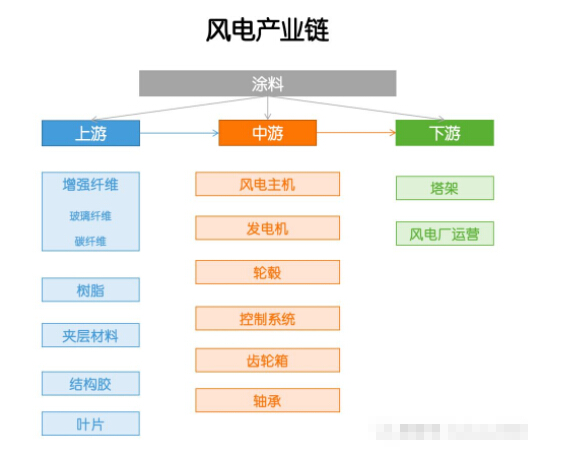
Wind power refers to the conversion of kinetic energy of wind into electrical energy. Wind energy is a clean and pollution-free renewable energy source that has long been used by people, mainly through windmills to pump water, grind surfaces, etc. Now, people are interested in how to use wind to generate electricity.
Turning the kinetic energy of the wind into mechanical kinetic energy, and then converting the mechanical energy into electrical kinetic energy, this is wind power generation. The principle of wind power generation is to use the wind to drive the rotation of the windmill blades, and then increase the speed of the rotation through the speed increaser to promote the generator to generate electricity. According to the current windmill technology, about three meters per second of breeze speed (the degree of breeze), you can start generating electricity. Wind power is forming a boom in the world because wind power does not require the use of fuel or radiation or air pollution. The equipment required for wind power generation is called a wind turbine. Such a wind turbine can be divided into three parts: a wind turbine (including a rudder), a generator, and an iron tower. Because the wind turbine is unstable due to the wind volume, the output is an alternating current of 13 to 25V, which must be rectified by the charger, and then the battery is charged, so that the electric energy generated by the wind turbine becomes chemical energy. Then use the inverter power supply with protection circuit to convert the chemical energy in the battery into AC 220V mains to ensure stable use.
















 RCCN WeChat QrCode
RCCN WeChat QrCode Mobile WebSite
Mobile WebSite